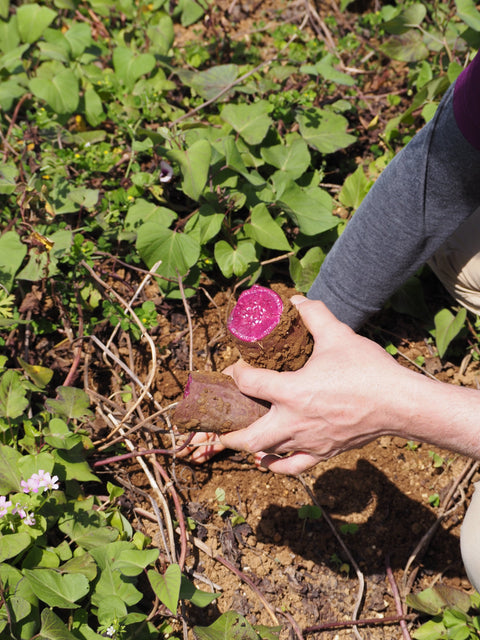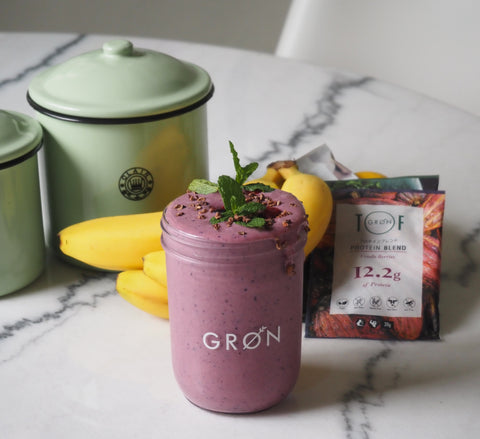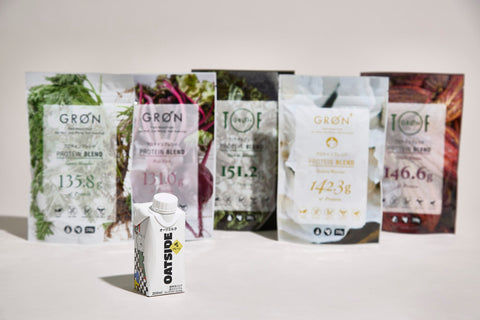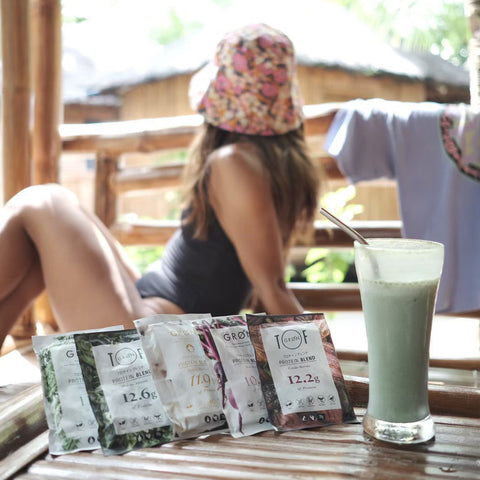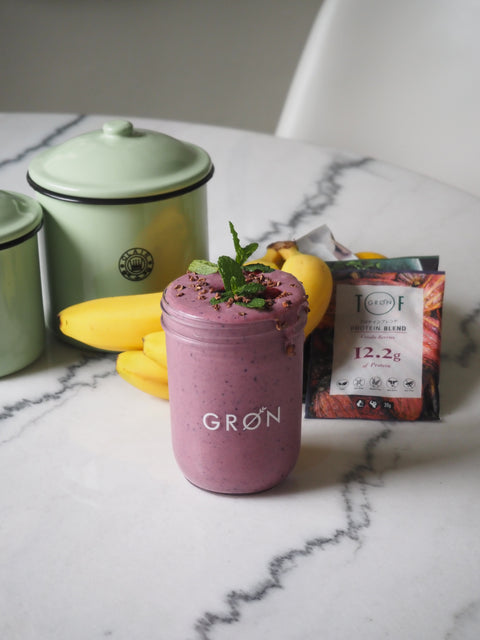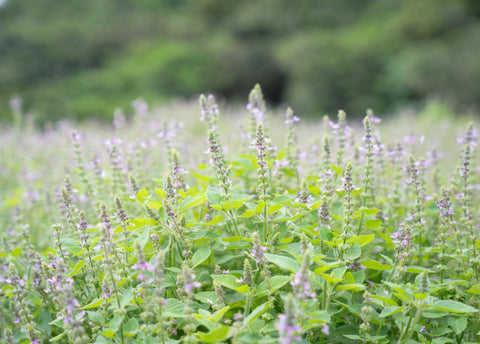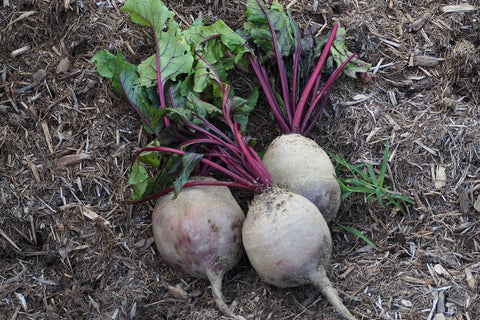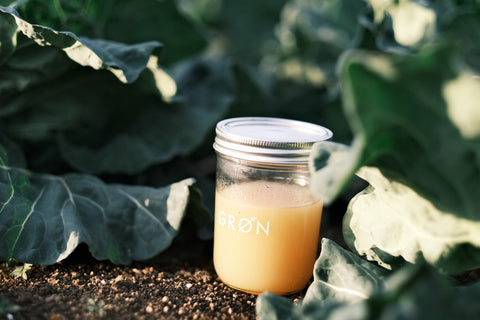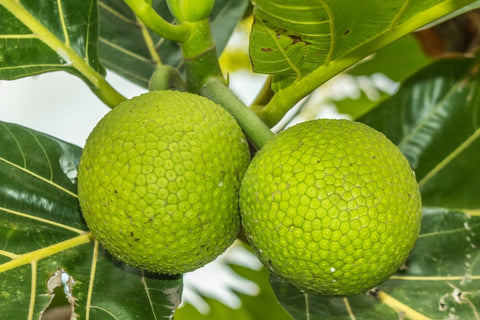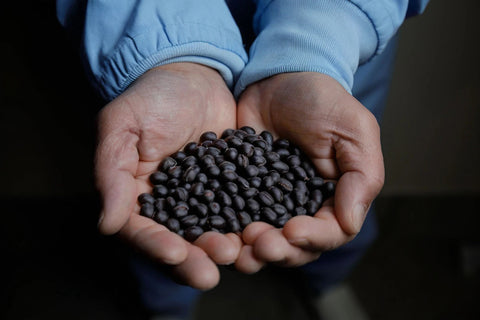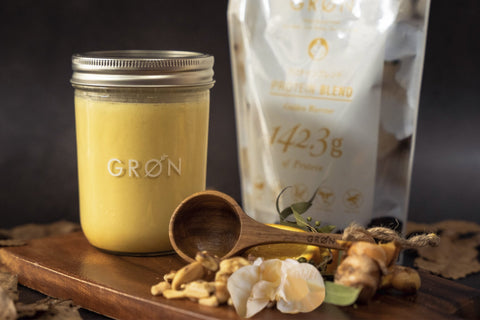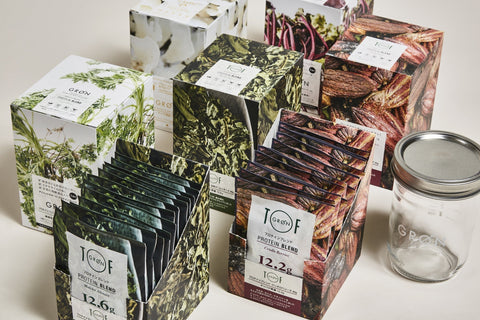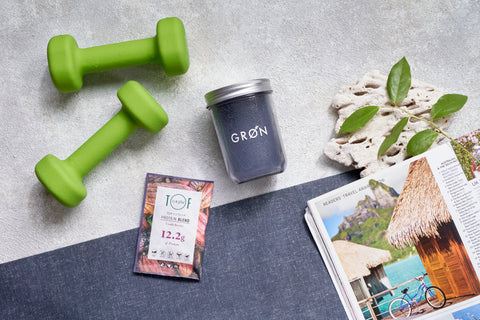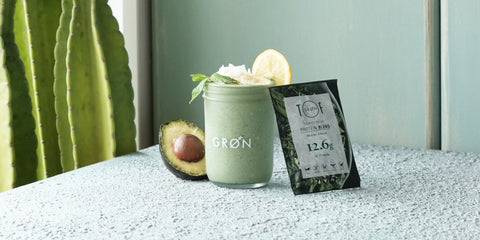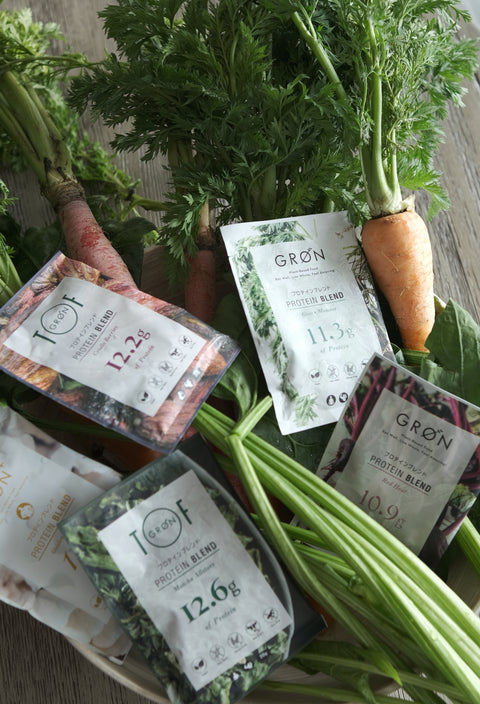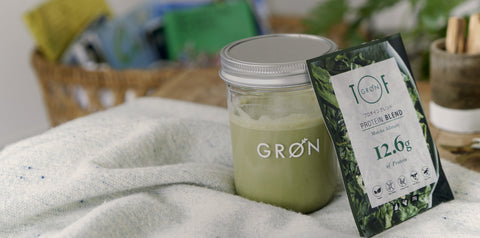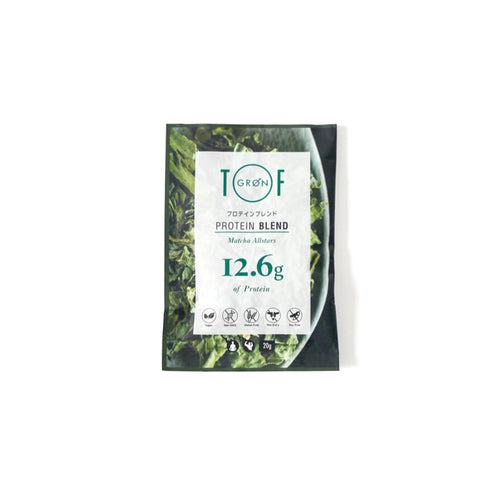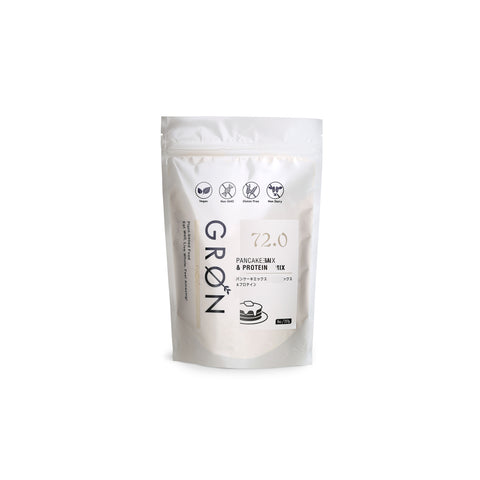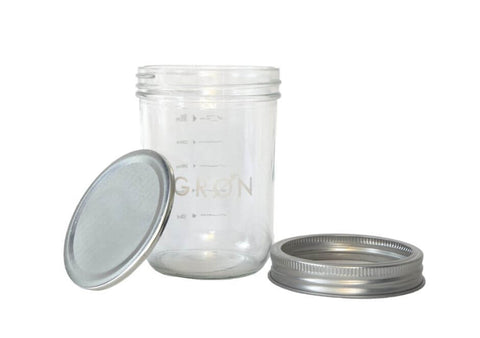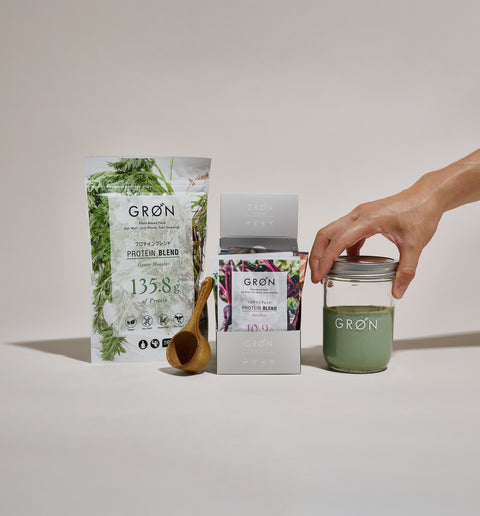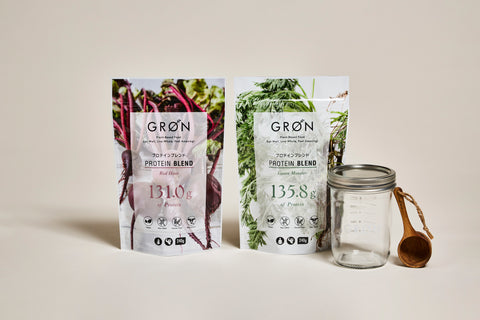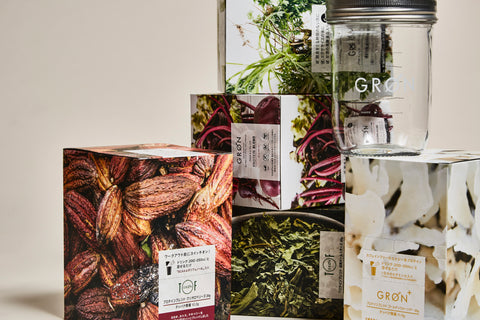Eating seasonal foods and your health - Nutritionist's Column Vol.49
The hot summer is over and it's starting to feel more like autumn.
In autumn, many ingredients are in season, including saury, bonito, chestnuts, potatoes, taro, sweet potatoes, lotus root, pears, grapes, persimmons, rice, nuts, and mushrooms.
Japan has four seasons: spring, summer, fall, and winter, and we can enjoy seasonal foods depending on the season.
Seasonal ingredients are said to be those that are at the right time and in the right place within the natural environment of each region and are ripe to eat without any effort .

If we classify them according to the harvest season, the first ones to be harvested and available on the market in that season are called "early seasons," and
We serve seasonal ingredients that bring out their flavor to the fullest,
It is called "nagori," a sentiment that expresses regret for the passing of the season.
During this peak season, vegetables and fruits are harvested in stable quantities and there is a large amount of food available, so they can be purchased at relatively low prices.
Because they are grown in an environment with the most favorable growing conditions and are at their peak maturity, they are delicious and highly nutritious .
When comparing ingredients that are in season with ingredients that are out of season, seasonal ingredients have a richer aroma and flavor and seem to have a stronger taste.
In addition, the nutritional value of vegetables varies depending on the type, and it is known that the nutritional content of the same vegetable can vary depending on the season.
When in season, the nutritional value of vegetables, such as beta-carotene and vitamin C, is higher than when they are not in season.
For example, spinach, which is in season in winter, is said to contain about three times as much vitamin C as spinach harvested in summer.
Eating seasonal vegetables means you can get the most nutrition possible.

In other words, eating seasonal foods allows you to get the nutrients your body needs at that time of year.
Seasonal ingredients are grown in accordance with the rhythm of nature. It has been believed that seasonal ingredients are full of vitality and that this energy can be absorbed into the body.
In spring, bitter ingredients come into season, as they help transform the body from winter to spring.
Ingredients in season at this time of year wake up the body and are rich in vitamins and minerals.
>Seasonal ingredients: rape blossoms, butterbur sprouts, strawberries, bamboo shoots, etc.

In summer, light vegetables that are rich in water and potassium, as well as sour fruits, are in season.
These vegetables and fruits have the effect of cooling the body and increasing appetite, helping you get through the hot summer.
This is also the time when ultraviolet rays are strongest, so foods rich in vitamin C are in season.
Seasonal ingredients: cucumber, tomato, watermelon, horse mackerel, etc.

Autumn is a season full of seasonal ingredients that are rich in B vitamins, which replenish the body's fatigue from the hot summer, as well as ingredients that contain carbohydrates, which prepare the body for winter.
Seasonal ingredients: sweet potatoes, persimmons, chestnuts, saury, etc.

In winter, root vegetables that warm the body are in season.
There is an abundance of seasonal ingredients that warm the body and boost metabolism, such as vitamin E, which promotes blood circulation, and vitamin C, which boosts resistance.
Seasonal ingredients: Chinese cabbage, radish, mandarin oranges, yellowtail, etc.

Looking at it this way, seasonal ingredients are the foods that our body craves at that time of year, and they provide our body with what it needs according to the season.
When we buy food, we go to supermarkets, but now most vegetables can be eaten whenever we want all year round, regardless of the season.
This is due to advances in cultivation techniques, advances in breeding, and imports from overseas.
Seasonal vegetables are often grown outdoors .
Open-field cultivation is the practice of growing crops outdoors, taking advantage of the natural environment.
The closer to natural cultivation, the more likely it is that the harvested vegetables will be irregular in shape and the production volume will be unstable, but they will still be able to be sold on the market as seasonal vegetables.

On the other hand, greenhouse cultivation is a cultivation method in which vegetables are grown in facilities such as greenhouses. Crops can be grown all year round without being affected by natural environmental factors such as rain and temperature, and can be cultivated all year round regardless of the season.
Seasonal vegetables, grown with the full blessings of nature such as the sun, earth, and water, are rich, delicious, and nutritious, allowing you to enjoy the natural taste, texture, and aroma of the vegetables.
Eating a diet that is conscious of seasonal ingredients will allow you to feel the seasons and the bounty of the Japanese earth, and I believe it will make both your body and mind happy.
Click here to purchase GRØN plant-based protein products, which provide the protein, vitamins, and minerals you lack.
——————————————————
Nutritionist, Food Education Instructor, Food 6th Industrialization Producer Level 4
Ayako Ishihara
A nutritional advisor in the healthcare field and an agribusiness professional.
She is involved in a variety of activities specializing in the fields of beauty and health, including giving lectures to Miss World Japan candidates.
With the philosophy of "enriching the mind and body through food and realizing a vibrant society where people and communities are connected," he founded i-Field Co., Ltd. in 2013 and serves as its representative.
He is a core member of the food team for "DINING OUT," which opens outdoor restaurants in various regions, and also participates in fashion brand projects.
She is also involved in the promotion of local ingredients, product development and production specializing in "health" and "beauty," branding, concept design, food hygiene, sales promotion, training planning and management, etc. She is in charge of nutritional supervision for GRØN's product development, proposing ways to incorporate them more effectively into consumer health.
——————————————————







